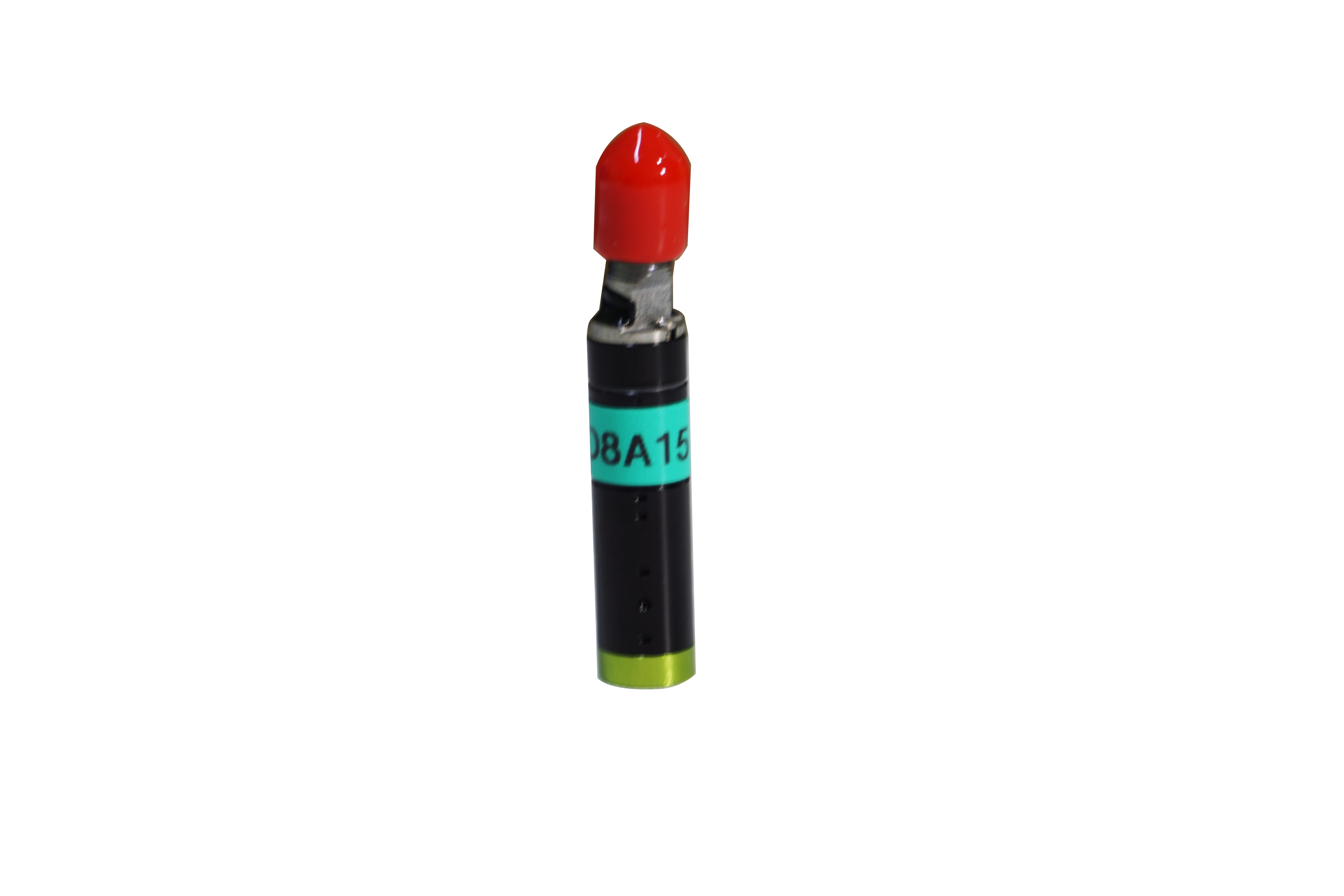2021-10-29
Displacement sensor, also known as linear sensor, is a linear device belonging to metal induction, the role of the sensor is to convert a variety of measured physical quantities into electricity. So what are the drift components that need to be considered during the use of the displacement sensor? The following is shared by Shenzhen Liyi Technology Company:

First, initial drift. It mainly refers to the period of time before the internal temperature of the displacement sensor reaches stability after turning on the power supply, which usually takes about 30 minutes.
2. Temperature drift. It is the amount of change in the measured value observed when the ambient temperature changes. It is usually expressed as "F.S./ ° C **%". For example:
Measuring range ±5mm
Temperature characteristic F.S./℃ 0.02%
The temperature drift when the ambient temperature changes by 10 ° C is expressed as: 0.02%*10mm*10 ° C =20um.
If the signal emitted by the sensor head is a digital signal, such as a 485 digital signal output directly from the probe, you only need to calculate the temperature drift of the displacement sensor.
If the signal emitted by the sensing head is an analog signal, such as an analog output from the probe to the data acquisition system, the temperature drift of the data acquisition system needs to be taken into account and must be estimated in a similar calculation based on the temperature specifications of the data acquisition system.
By measuring how much the internal temperature of the displacement sensor's sensing head rises after the power is turned on, the formula for temperature drift can be used to calculate the initial drift.
Three, installation structure drift.
The thermal drift component generated by the installation is only applicable to the measurement direction. If the fixture is integrated, the distance between the sensing head and the workpiece can be calculated. For example:
The distance of the workpiece is 30mm
Aluminum fixture
The temperature change is 10℃
The coefficient of thermal expansion of aluminum is 23.2*10e-6(1/℃).
0.03 m * 23.2 * 10 e - 6 * 10 = 6.96 um
According to the above calculation, the drift is about 7um.
Installation stress drift. This drift component is difficult to calculate, for one thing, by placing the sensor horizontally, most of the drift component in the direction of gravity can be eliminated. On the other hand, residual pressure in the screws holding the sensing head is difficult to completely eliminate. In general, the pressure disappears within 6 to 12 hours after the installation of the displacement sensor, in which the device will successively produce a drift of several um.
Is the drift direction of temperature drift determined by the temperature characteristics of the sensor?
The direction of drift is usually uncertain. This is because the temperature characteristics are controlled by the displacement in the optical system of the sensor. Due to temperature changes, the adhesives of the photosensitive lens, sensor and mirror expand or contract, resulting in optical path displacement or out-of-focus.
Since the relationship between the expansion and contraction of the adhesive and the displacement of the optical component depends on the assembly, the control of the drift is dependent on the situation, and the direction of the displacement is constantly changing.



